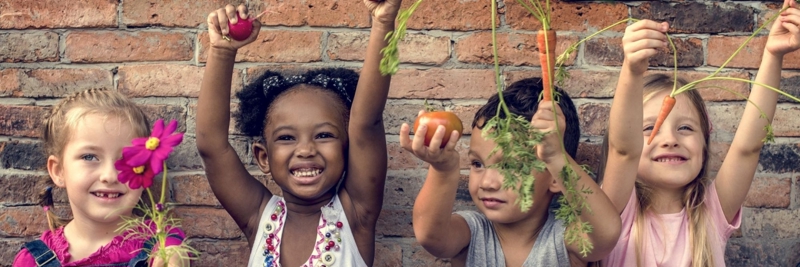Yates Account
Join now
Create a Yates account today!
Sign up to join the Yates Garden Club for monthly e-mails packed with seasonal inspiration, tips for success & exclusive promotions.
Plus if you’re a Garden Club member you can take part in the Yates Growing Community - a blog to share successes, get advice & win prizes in fun challenges along the way!

Forgot password
Enter the email address associated with your account, and we'll email you a new password.
How to get started in the garden
Gardening is a skill that used to be readily passed on from one generation to the next but, with changing lifestyles, many children grow up without learning any basic gardening skills. Children who don’t garden are less likely to gain an appreciation of the importance of plants and of the natural world in our lives. And, just as some children never learn that milk comes from a cow, others fail to understand that the peas, broad beans and sweet corn they eat are seeds, that they are not made in a factory and packed into plastic bags, but that they come from living plants. Introducing children to these and other aspects of their surrounding world can be valuable outcomes from learning to garden.
Giving children responsibility for a few potted plants will start them on the path to learning valuable lessons about nurturing other living things. Younger children are seldom successful in maintaining their own part of the garden – their enthusiasm rarely lasts for the required length of time – but plants in pots require far less of an overall commitment. It is important that the basic gardening equipment is at hand – hat, sunscreen, trowel (lightweight but sturdy), pots, potting mix and a small watering can – before the fun can begin.

Flowering annuals may be the best plants to grow in a pot. Because they don’t last all that long, a child can grow them then have a break at the end of the season and come back to gardening further down the track. Make sure, though, that children realise that annual plants are short-lived so they’re prepared for the plant to come to the end of its life. Choose plants with lots of colour, like petunias; hardiness, like marigolds (although some children don’t like their smell); good smells, such as sweet peas; or shade tolerance, like impatiens. Nasturtium seeds are relatively easy to handle and the plants are also straightforward to cultivate. They make a good choice for container growing or garden beds.
If it is difficult to grow a pot outdoors, hardy indoor plants, like peace lily (Spathiphyllum sp.), arrowhead (Syngonium sp.) or a kentia palm (Howei sp.) can be placed in a well-lit spot, out of direct sunlight, in a child’s bedroom and even given a name. Teach the child to judge when the plant needs watering by feeling the top of the potting mix, or by using a self-watering pot. Make sure that the water can drain away and that the roots are not sitting in moisture all the time. If necessary, put a layer of fine pebbles in the saucer – this will raise the base of the pot above the residue of water in the saucer.










Share
Share this article on social media